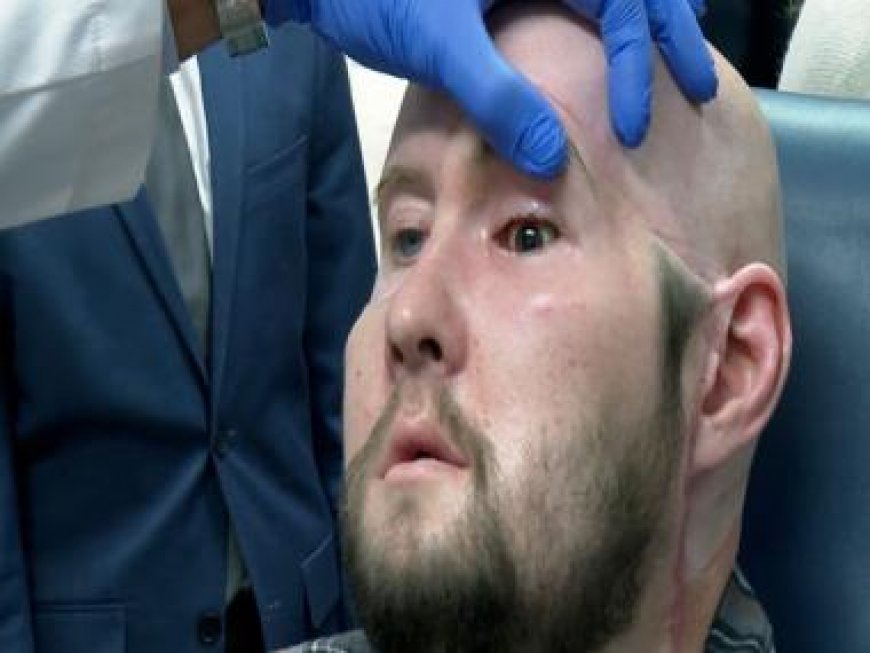Always hooked to digital screens? You may have dry eyes
Always hooked to digital screens? You may have dry eyes

With the rising use of phones, tablets, laptops, and TVs, our eyes are always glued to digital screens. In fact, you might be reading this article on your phone or laptop. The COVID-19 pandemic also enhanced people’s usage of visual displays. This increased dependence on screens has a negative impact on our eyes which leads to a condition called digital eye strain, also known as computer vision syndrome.
Digital eye strain may cause blurred vision, dry eyes, headaches, neck and shoulder pain, and strained eyes. Among them, dry eye syndrome is characterized by persistent dryness of the eyes with a lower-quality protective tear film. Digital screen use is a common extrinsic risk factor for dry eye, with prevalence ranging from 9.5% to 87.5%.
Digital screen dependency and dry eyes
Several studies have shown a link between digital screen use and dry eyes, with severe symptoms more prevalent among office workers using screens for more than four hours. Moreover, those who used digital screens for more than eight hours per day had a higher risk of dry eyes due to the following factors.
- Blinking frequency: Insufficient blinking during the use of digital screens is one of the reasons behind dry eyes. The drop in the blink rate severely hampers ocular health and comfort, leading to increased irritation and dryness.
- Incomplete blinking: Incomplete blinking occurs when eyelids don’t meet, exposing the eye’s surface, and potentially causing dry eye syndrome. People are more prone to this issue when reading on a computer screen.
- Decreased tear film quality: Prolonged use of digital screens can decrease the quality of the tear film and can reduce its water content. This may also result in more severe dry eye syndrome.
Preventive measures and treatment
Dry eyes are common as people age, influenced by hormonal changes, environmental factors and exposure to cigarette smoke and dry climates. The condition affects 11.59% of the global population, causing common symptoms like burning, blurry vision, dryness and irritation or a gritty feeling in the eye.
While initially dry eyes may only cause minor discomfort, if left untreated it can negatively impact mental health, productivity, mood, sleep, and overall quality of life. If you are facing any of the symptoms, then consult a doctor. The doctor may suggest a comprehensive eye exam, which will assess the quality and quantity of tears, medical history, and underlying conditions. Proper treatment is crucial for maintaining healthy eyes and preventing further vision issues.
Adding artificial tears, conserving tears, and increasing tear production are common treatments for mild dry eye episodes producing eye drops and omega-3 fatty acids can also help in managing the condition. Further, retaining natural tears for extended periods can reduce symptoms.
Moreover, changes in lifestyle such as decreased screen time can also help with the symptoms. In fact, a study showed that about 75% of students were willing to reduce their screen time to improve their ocular health. The doctor may also suggest that you make a conscious effort to blink, follow the 20-20-20 rule, and reduce glare by repositioning your screen or using a glare filter. Therefore, it is important to adhere to the treatment plan to promote ocular health.
The author is Director, Sun Eye Hospital & Laser Centre, Lucknow. Views expressed in the above piece are personal and solely that of the author. They do not necessarily reflect Firstpost’s views.
Read all the Latest News, Trending News, Cricket News, Bollywood News,
India News and Entertainment News here. Follow us on Facebook, Twitter and Instagram.
What's Your Reaction?


























































